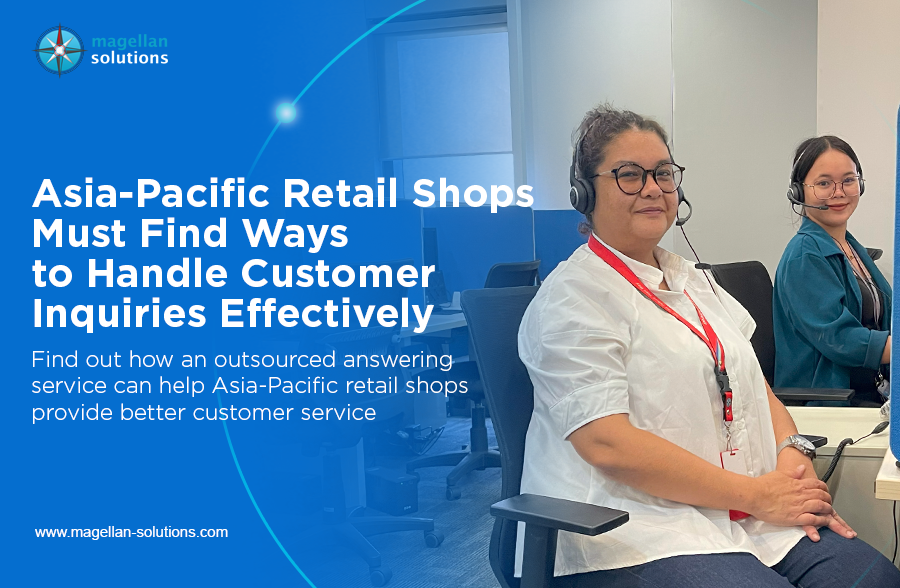Schedule a FREE call with our outsourcing expert now and get a precise quotation that meets your requirements. Don't wait - get started today!
Ever wonder why some businesses seem to have a loyal customer base while others struggle to keep up? It’s not just about having a great product. The way you handle customer support can make or break your business, especially for SMEs trying to grow.
Thank you for reading this post, don't forget to subscribe!Understanding the right support and chat metrics can transform how you connect with your customers. From response times to satisfaction scores, these numbers tell the story of your service quality. The best part? They don’t just show where you stand—they help you find ways to improve and achieve success.
How to Measure Success with Key Live Chat Metrics and KPIs
Support metrics go beyond measuring speed or efficiency. They show how well your customer support aligns with business goals. Here are the most important metrics you need to track:
1. Average Response Time (ART)
Average response time measures how quickly your team responds to customer queries.
- Why it Matters: Customers expect quick responses. A long wait can lead to frustration and lost business.
- How to Track It: Use live chat software to monitor response times across live chat sessions. Set benchmarks based on industry standards or customer expectations.
Tip: Keeping your ART under 60 seconds significantly boosts customer satisfaction.
2. First Response Resolution (FRR)
First response resolution measures the percentage of issues resolved on the first interaction.
- Why it Matters: Resolving issues quickly saves time and improves customer satisfaction.
- How to Track It: Identify how many tickets or chats are resolved without follow-ups during a live chat session.
3. Customer Satisfaction (CSAT) Score
CSAT scores measure customer happiness after interacting with support agents.
- Why it Matters: It’s a direct measure of how well your live chat support meets customer needs.
- How to Track It: Send short surveys after every live chat session, asking customers to rate their experience.
4. Chat Volume and Trends
This metric tracks the total number of chat sessions over time.
- Why it Matters: Understanding volume helps allocate resources effectively and identify busy periods.
- How to Track It: Use live chat software to monitor the number of sessions daily, weekly, and monthly.
Statistic to Note:
According to a recent report, 79% of customers prefer live chat because of its instant response time, making ART and FRR critical for customer success.
Optimizing Live Chat Support for Better Performance
Optimizing live chat support means continuously improving both processes and people. By focusing on key areas, SMEs can create smoother customer interactions and better outcomes.
1. Analyzing Live Chat Performance Metrics
Effective live chat support depends on tracking and improving specific metrics. Start by identifying the areas where performance lags.
Key Metrics to Monitor:
- Average Chat Duration: This shows how long each session lasts and can highlight areas for streamlining responses.
- Resolution Rate: Focus on the percentage of issues resolved in each chat session. A high rate indicates efficiency.
- Customer Retention Rate: Repeat customers often indicate satisfaction with your support. Tracking this helps assess long-term impacts.
Action Steps:
Review these metrics monthly. Look for patterns in customer inquiries and team performance. Use the data to make actionable changes, such as updating scripts or improving agent workflows.
2. Training Live Chat Agents
Your live chat agents are the face of your business. Their performance can make or break a customer’s experience. Ongoing training ensures agents stay prepared for any situation.
Focus Areas:
- Communication Skills: Agents must be clear, polite, and empathetic when addressing customer concerns.
- Product Knowledge: Agents should understand your offerings thoroughly to provide accurate and helpful responses.
- Problem-Solving Abilities: Teach agents to think critically and provide solutions quickly and effectively.
Tools to Use:
Simulated chat scenarios and frequent feedback sessions are excellent ways to keep skills sharp. Encourage agents to share best practices with the team.
3. Using Live Chat Software Effectively
Modern live chat software offers features that simplify tracking and improving performance metrics. Leveraging the right tools enhances both customer and agent experiences.
Features to Look For:
- Automated Chat Routing: This ensures that chats are assigned to the most suitable agent.
- Real-Time Monitoring Dashboards: Managers can track ongoing conversations and provide support when needed.
- Data Analytics for Better Insights: Detailed reports can reveal which areas need attention, such as high chat abandonment rates.
Example: Incorporate AI-powered chatbots to handle repetitive questions. This allows live agents to focus on more complex queries, increasing efficiency.
4. Gathering Feedback
Feedback is essential for continuous improvement. It provides insights into customer expectations and areas where agents can improve.
Feedback Methods:
- Post-Chat Surveys: Ask customers about their experience immediately after the session. Keep surveys short and focused.
- Agent Feedback Sessions: Regularly discuss challenges and solutions with your team. This keeps morale high and encourages improvement.
How to Act on Feedback:
Use feedback to adjust training programs, refine workflows, and enhance chat scripts. Customers will notice the improvements, leading to greater satisfaction.
Driving Customer Success Through Metrics
Tracking key metrics isn’t enough. SMEs need to act on insights to improve customer experience and boost profits.
1. Improving Customer Satisfaction
Metrics like CSAT scores and ART help identify service gaps. By addressing these, you can directly enhance customer satisfaction. Faster response times and smooth issue resolutions create better customer experiences. Consistently exceeding customer expectations builds trust and loyalty.
2. Boosting Conversion Rates
Tracking conversion rates shows how live chat impacts sales.
Example:
Train agents to replicate successful approaches if you notice high conversion rates during specific chat sessions. Use data to refine scripts or improve engagement strategies. Every small change contributes to better results.
3. Scaling Support Without Losing Quality
As your SME grows, efficient support becomes essential. Metrics like chat volume and agent availability highlight where resources are needed.
Pro Tip:
Automate repetitive tasks, like answering FAQs, with chatbots. This frees up agents to handle complex interactions, maintaining quality even during high demand.
4. Tracking Long-Term Trends
Analyzing long-term metrics like customer retention rates and average resolution times offers valuable insights.
Benefits of Trend Analysis:
- Identify Seasonal Demand Changes: Prepare your team for predictable busy periods, ensuring consistent service.
- Measure Impact of Upgrades: Evaluate how new training programs or tools improve customer satisfaction and agent performance. Use these insights to make data-driven decisions.
Aligning Metrics with Business Goals
Every SME has unique goals, but customer satisfaction and profit growth are universal. Align your metrics with these objectives to create a strategy that works.
Steps to Take:
- Define your goals (e.g., higher retention rates or improved sales).
- Choose metrics that directly impact these goals.
- Regularly review performance and adjust your strategies.
Set benchmarks to measure progress effectively. For example, if your goal is higher customer retention, track metrics like CSAT scores and repeat purchase rates. Continuous improvement is key—evaluate metrics quarterly and adapt your approach as needed. Incorporating technology like live chat software makes tracking and adjustments easier for SMEs.
Building a Proactive Customer Support Strategy
Proactive customer support can set SMEs apart from competitors. Instead of waiting for customers to reach out, take the initiative to enhance their experience.
1. Predicting Customer Needs
Use analytics and historical data to anticipate customer questions or issues. For instance, if a product update is coming, prepare resources to address expected inquiries.
Tools to Help:
- Predictive analytics platforms
- FAQ updates before major product launches
2. Personalizing Customer Interactions
Personalized interactions improve customer satisfaction. Greet returning customers by name and tailor responses based on their history.
How to Personalize:
- Use CRM tools to track customer details.
- Train agents to reference past conversations.
3. Offering Self-Service Options
Empower customers by giving them tools to solve problems independently. Self-service reduces workload for agents while improving customer experience.
Examples:
- Create a detailed knowledge base.
- Add AI chatbots for 24/7 support.
4. Monitoring Proactive Support Success
Track the impact of proactive measures using metrics like customer retention rates and support ticket volume. This helps you understand what’s working and where to adjust.
Benefits:
Proactive support builds trust and strengthens customer relationships, ultimately boosting loyalty and profits.
Track Metrics, Drive Success!
At Magellan Solutions, we understand the unique challenges SMEs face. Our live chat support services are designed to help you track and improve key metrics like ART, CSAT, and conversion rates. With our trained live chat agents and advanced tools, you can provide seamless customer experiences that drive success.
Book your FREE 60-minute business consultation today. Let’s strategize how to elevate your operations. NO COMMITMENTS—just results-driven insights! At Magellan Solutions, we specialize in live chat support, customer satisfaction tracking, and resource optimization for SMEs. Start building better customer relationships now!
















